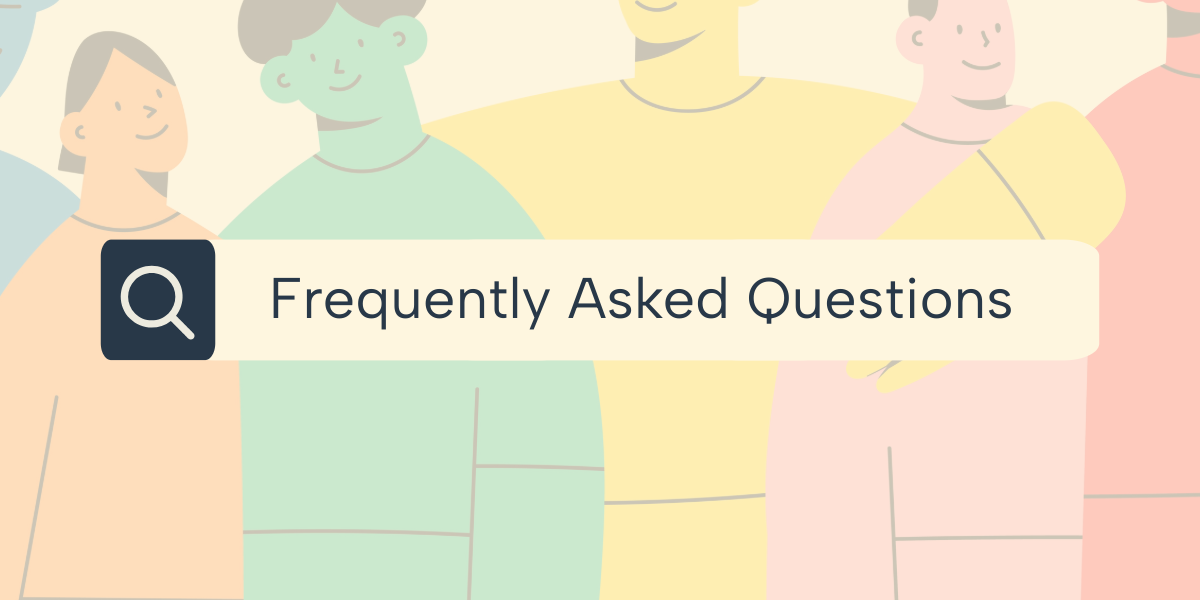What Are North Carolina’s Rules for Paying Liens and Notifying Unknown Heirs in Wrongful Death Settlements?
1. Detailed Answer
Paying Liens in Wrongful Death Settlements
When a wrongful death claim resolves, North Carolina law requires the personal representative to clear certain liens before distributing proceeds. Key statutory liens include:
- Medical Provider Liens. Under N.C. Gen. Stat. §44-49, licensed hospitals, physicians and other health care providers may file a lien on any recovery. See N.C. Gen. Stat. §44-49.
- Subrogation and Medicaid Liens. If Medicaid pays medical bills, it gains a lien under N.C. Gen. Stat. §108A-70. The State may seek reimbursement from a wrongful death recovery. See N.C. Gen. Stat. §108A-70.
- Priority of Liens. N.C. Gen. Stat. §44-50 sets rules for lien enforcement and payment timing. The personal representative must satisfy valid liens in full before distributing any net proceeds to heirs. See N.C. Gen. Stat. §44-50.
Failure to honor these liens can expose heirs or the estate to later claims and penalties. If there is a dispute over lien validity or amount, the representative may deposit disputed funds with the clerk of superior court pending resolution.
Notifying Unknown Heirs in Wrongful Death Actions
North Carolina requires that all heirs entitled to share in a wrongful death recovery receive notice of the action. Unknown or missing heirs present special challenges. The rules below govern service and notice:
- Listing Heirs. A wrongful death complaint must name the decedent’s spouse and all known next of kin. See N.C. Gen. Stat. §28A-18-4.
- Service by Publication. To reach unknown or out-of-state heirs, the court may allow service by publication under Rule 4(j1) of the North Carolina Rules of Civil Procedure. The representative files an affidavit of due diligence and publishes notice in a qualified newspaper once a week for three weeks.
- Guardian ad Litem. If a potential heir is a minor or incapacitated, the court appoints a guardian ad litem to represent their interests before settlement or distribution.
- Proof of Notice. After publication, the representative must file proof of service and an affidavit of publication with the clerk. Only then may the case proceed to resolution or distribution.
2. Key Steps to Manage Liens and Heir Notifications
- Identify every creditor or healthcare provider with a possible lien under N.C. Gen. Stat. §44-49 and §108A-70.
- Obtain lien statements in writing to verify amounts and legal validity.
- File any required affidavits and serve notice by publication for unknown or missing heirs under Rule 4(j1).
- Appoint a guardian ad litem for minors or incapacitated heirs to protect their share.
- Secure court approval to pay liens and distribute net proceeds to heirs in accordance with N.C. Gen. Stat. §44-50 and §28A-18-4.
Conclusion
Handling liens and notifying unknown heirs in a wrongful death settlement requires close attention to North Carolina’s statutes and procedure rules. Mistakes can delay your recovery or expose your family to additional claims. At Pierce Law Group, our attorneys have deep experience guiding families through every step of wrongful death administration. For clear answers and effective representation, please reach out today. Email us at intake@piercelaw.com or call (919) 341-7055 to schedule a consultation.


